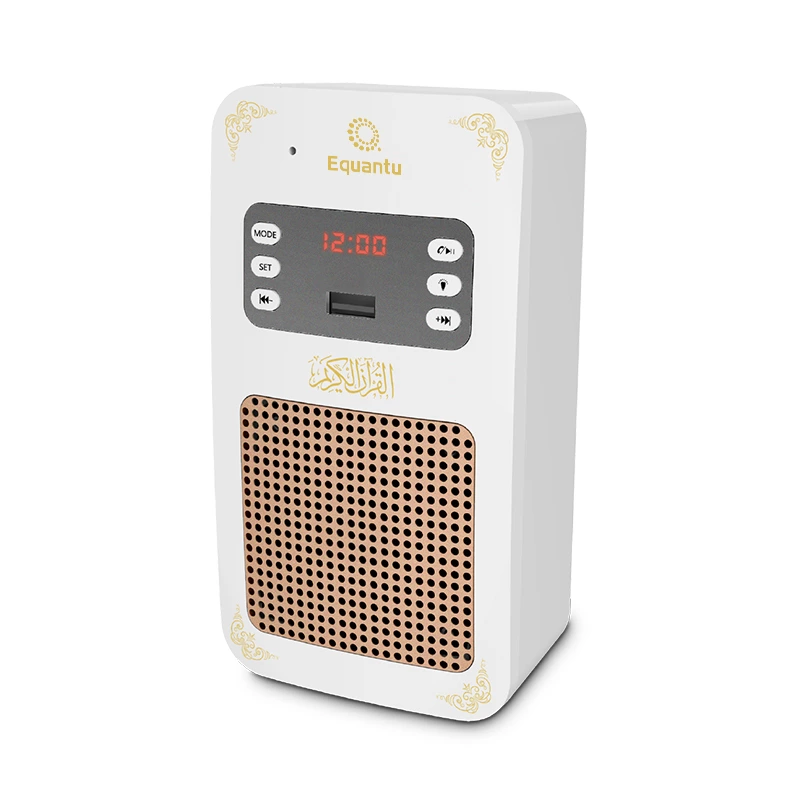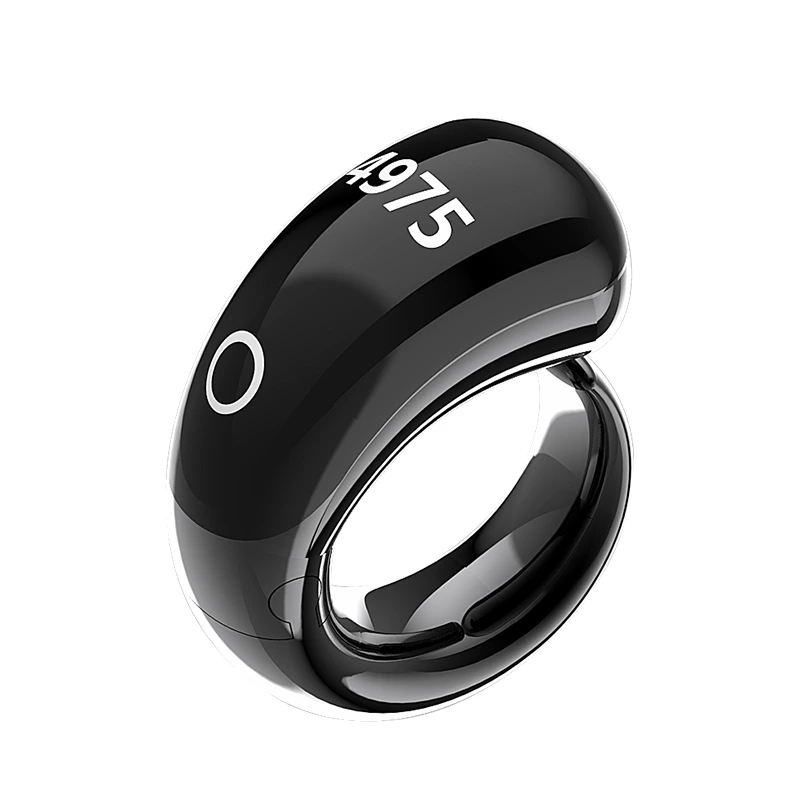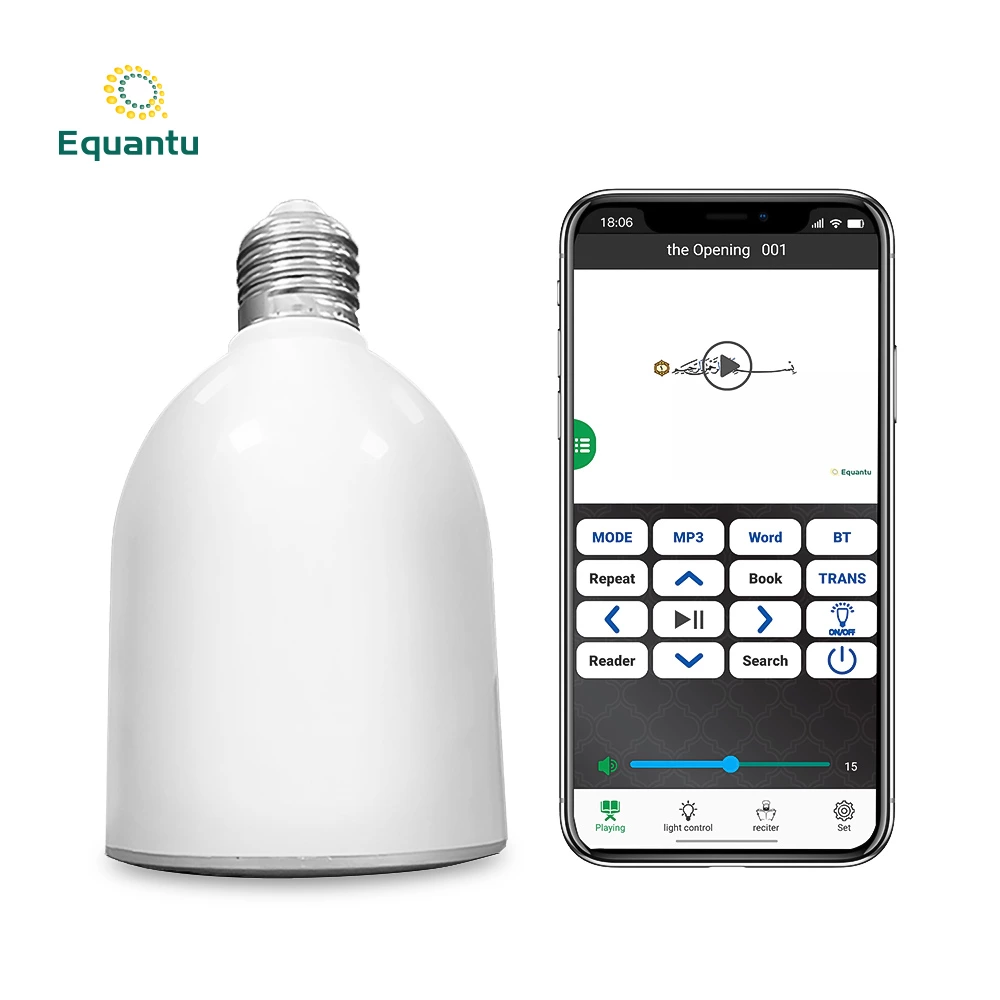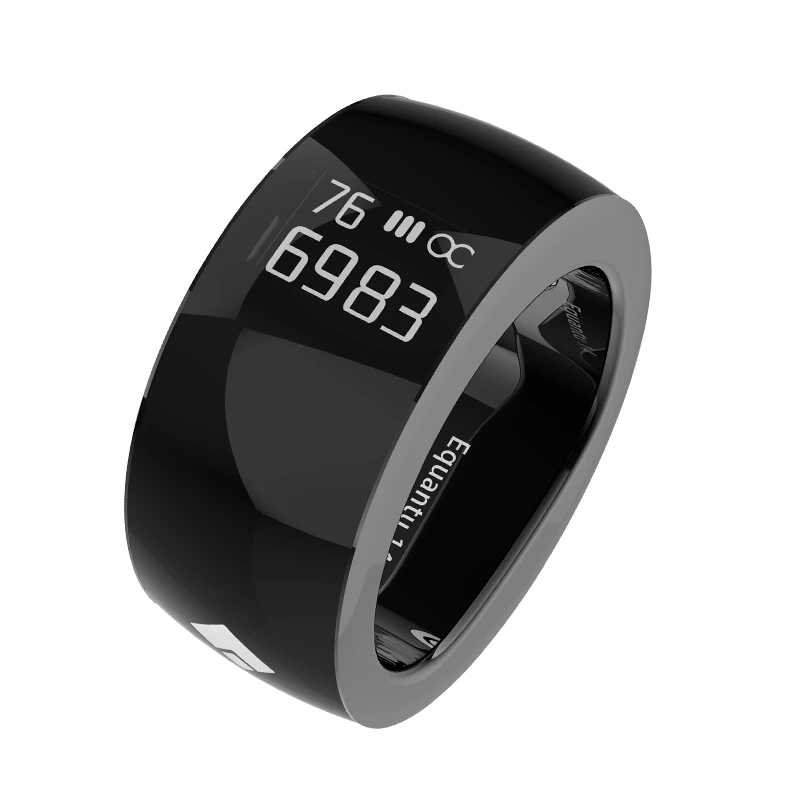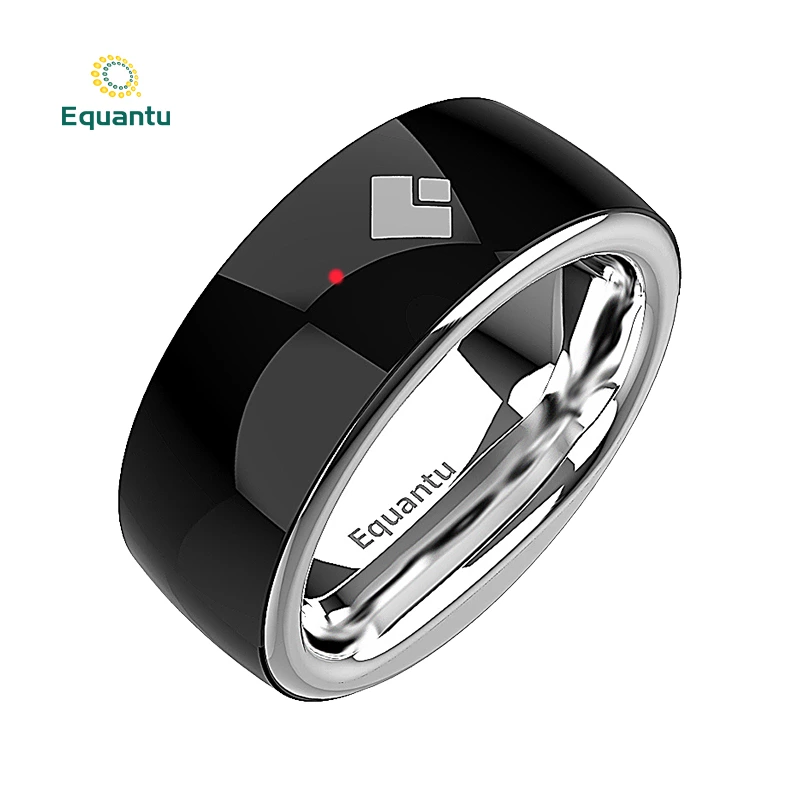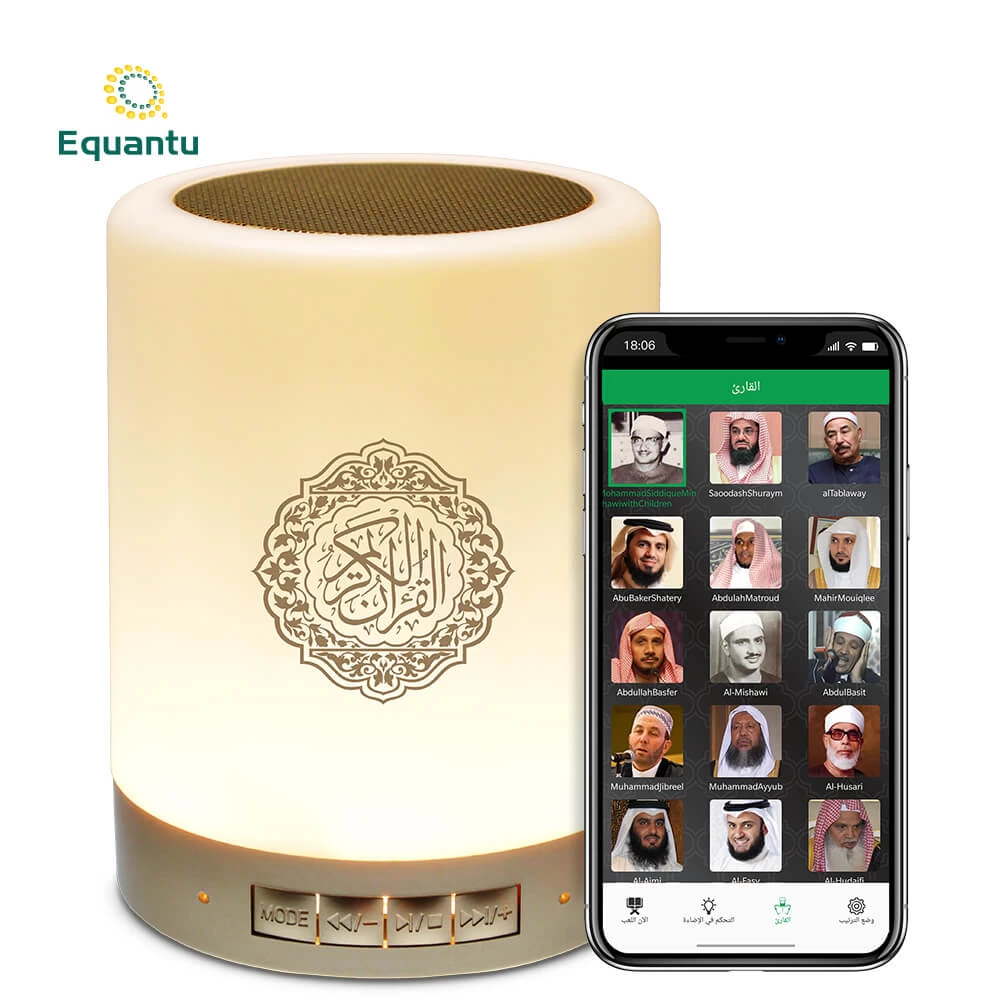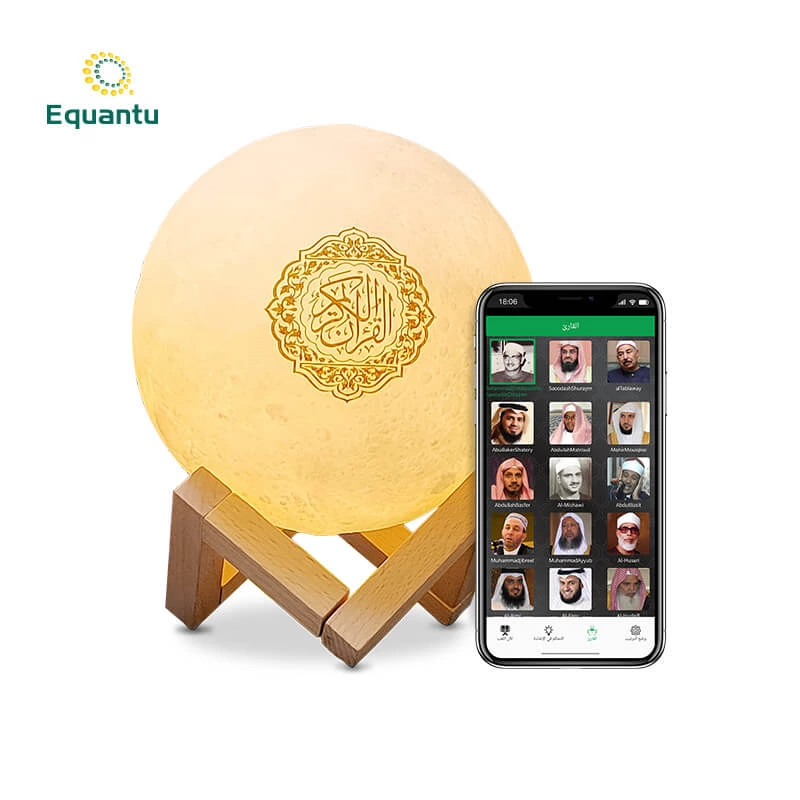Challenges in the Muslim Fashion Industry
Lack of Standardization
-
- Description: The absence of a unified set of standards for modest fashion leads to inconsistencies in definitions and expectations across different regions.
- Impact: This lack of standardization can confuse consumers and complicate the certification process for businesses, making it difficult to ensure that products meet all halal and modesty requirements.
Market Fragmentation
-
- Description: The Muslim population is diverse, encompassing various cultures, traditions, and preferences.
- Impact: Catering to this fragmented market requires a deep understanding of different regional tastes and cultural nuances, posing a significant challenge for brands aiming for global reach.
High Production Costs
-
- Description: Producing high-quality, halal-compliant fashion often involves higher costs due to ethical sourcing, specialized materials, and meticulous craftsmanship.
- Impact: These elevated costs can result in higher retail prices, potentially limiting accessibility for price-sensitive consumers.
Limited Awareness and Education
-
- Description: There is a general lack of awareness and understanding about halal fashion among both consumers and producers.
- Impact: This gap can hinder market growth and the adoption of halal-compliant practices, as businesses may struggle to educate their target audience about the benefits and importance of halal fashion.
Supply Chain Complexities
-
- Description: Ensuring halal compliance throughout the entire supply chain—from raw materials to finished products—requires rigorous monitoring and coordination.
- Impact: Managing these complexities can be resource-intensive, especially for small and medium-sized enterprises (SMEs) with limited resources.
Opportunities in the Muslim Fashion Industry
Growing Global Muslim Population
-
- Description: The Muslim population is projected to continue growing, reaching nearly 3 billion by 2060.
- Impact: This demographic expansion presents a vast and untapped market for Muslim fashion brands, offering substantial growth potential for businesses that can effectively cater to this audience.
Rising Demand for Sustainable and Ethical Fashion
-
- Description: There is an increasing preference for sustainable and ethically produced fashion among Muslim consumers.
- Impact: Brands that emphasize sustainability and ethical practices can differentiate themselves in the market, attracting conscious consumers who prioritize these values.
Technological Advancements
-
- Description: Innovations in technology, such as digital marketing, e-commerce platforms, and advanced manufacturing techniques, are transforming the fashion industry.
- Impact: Leveraging these technologies can enhance brand visibility, streamline production processes, and improve consumer engagement, enabling brands to scale effectively.
Influence of Social Media and Influencers
-
- Description: Social media platforms and fashion influencers play a crucial role in shaping trends and consumer preferences.
- Impact: Collaborating with influential Muslim fashion influencers can boost brand awareness, build trust, and drive sales by reaching a broader and more engaged audience.
Customization and Personalization
-
- Description: There is a growing trend towards personalized and customized fashion, allowing consumers to express their individuality.
- Impact: Offering customizable options can attract consumers seeking unique and personalized fashion items, fostering brand loyalty and repeat business.
Integrating Modern Islamic Products: Quran Speakers and Zikr Rings
Modern Islamic products like Quran speakers and Zikr rings present unique opportunities for Muslim fashion brands to enhance their offerings and address industry challenges:
Quran Speakers: These devices can be integrated into fashion settings, such as homes or personal spaces, complementing modest fashion by providing a continuous reminder of faith. Brands can collaborate with Quran speaker manufacturers to offer stylish and aesthetically pleasing designs that align with fashion trends.
Zikr Rings: As fashionable and functional accessories, Zikr rings can be incorporated into clothing lines and accessory collections. Their intricate designs and spiritual significance make them ideal additions to modest fashion ensembles, appealing to consumers who value both style and spirituality.
Strategies to Overcome Challenges and Seize Opportunities
Standardization and Certification
-
- Strategy: Advocate for global standards in halal and modest fashion, and seek certifications from recognized bodies to ensure consistency and build consumer trust.
- Benefit: Enhanced credibility and easier market penetration across different regions.
Cultural Sensitivity and Diversity
-
- Strategy: Conduct thorough market research to understand regional preferences and cultural nuances, and tailor product offerings accordingly.
- Benefit: Increased relevance and appeal to diverse consumer segments, fostering brand loyalty.
Sustainable and Ethical Practices
-
- Strategy: Embrace sustainable materials and ethical production methods, and highlight these practices in marketing campaigns.
- Benefit: Attraction of environmentally conscious consumers and differentiation from competitors.
Education and Awareness Campaigns
-
- Strategy: Invest in marketing and educational initiatives to inform consumers about the benefits and importance of halal and modest fashion.
- Benefit: Greater consumer understanding and appreciation, leading to increased demand and brand loyalty.
Streamlined Supply Chain Management
-
- Strategy: Implement advanced supply chain management systems and collaborate closely with suppliers to ensure halal compliance.
- Benefit: Improved efficiency, reduced risks of non-compliance, and enhanced product quality.
Conclusion
The Muslim fashion industry is poised for significant growth, driven by a burgeoning global Muslim population and rising consumer demand for sustainable and ethical fashion. While challenges such as lack of standardization and supply chain complexities persist, the opportunities for innovation and expansion are abundant. By embracing technological advancements, leveraging social media influence, and integrating modern Islamic products like Quran speakers and Zikr rings, brands can navigate these challenges and capitalize on emerging trends. Ultimately, the success of Muslim fashion lies in its ability to honor tradition while embracing modernity, offering consumers stylish and spiritually meaningful options that reflect their faith and lifestyle.

